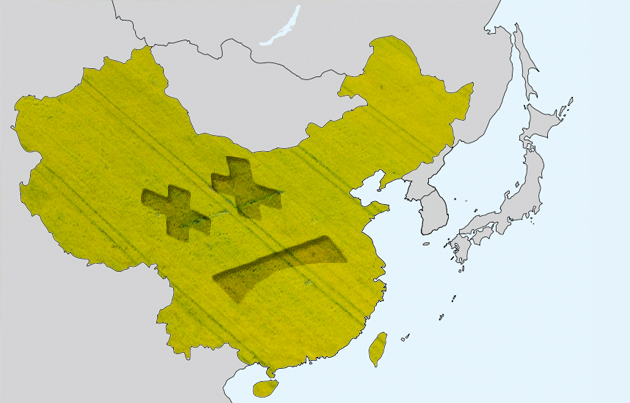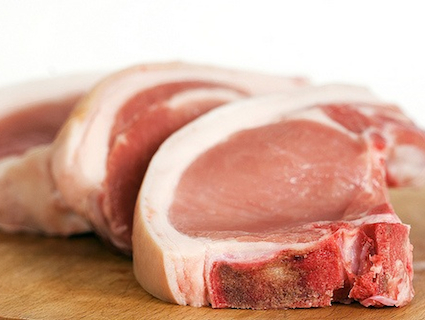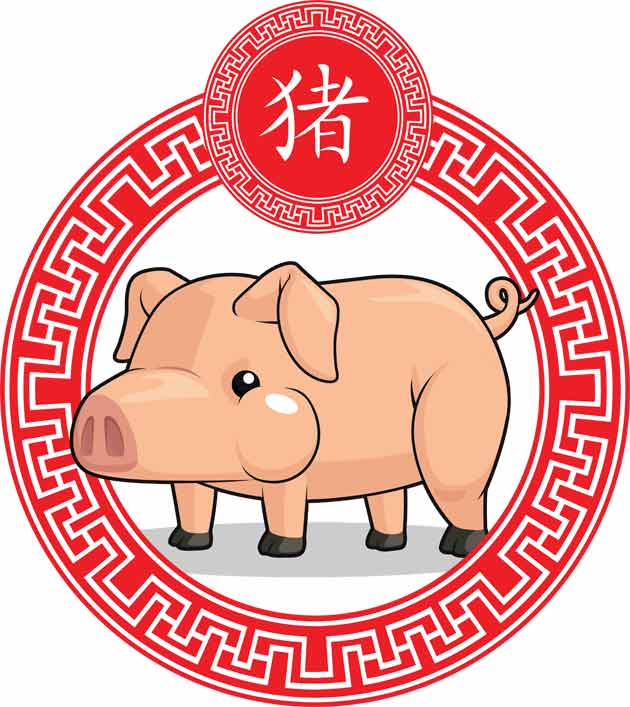
Map: <a href="http://commons.wikimedia.org/wiki/File:East_Asia_area_blank_CJK.svg">Eurodollers</a>/Wikimedia Commons; Field: Shutterstock
Ever since May, when a Chinese company agreed to buy US pork giant Smithfield, reportedly with an eye toward ramping up US pork imports to China, I’ve been looking into the simultaneously impressive and vexed state of China’s food production system. In short, I’ve found that in the process of emerging as the globe’s manufacturing center—the place that provides us with everything from the simplest of brooms to the smartest of phones—China has severely damaged its land and water resources, compromising its ability to increase food production even as its economy thunders along (though it’s been a bit less thunderous lately), its population grows (albeit slowly), and its people gain wealth, move up the food chain, and demand ever-more meat.
Now, none of that should detract from the food miracle that China has enacted since it began its transformation into an industrial powerhouse in the late 1970s. This 2013 report from the United Nation’s Food and Agriculture Organization and the Organization for Economic Co-operation and Development (OECD) brims with data on this feat. The nation slashed its hunger rate—from 20 percent of its population in 1990 to 12 percent today —by quietly turbocharging its farms. China’s total farm output, a broad measure of food churned out, has tripled since 1978. The ramp-up in livestock production in particular is even more dizzying—it rose by a factor of five. Overall, China’s food system represents a magnificent achievement: It feeds nearly a quarter of the globe’s people on just 7 percent of its arable land.
But now, 35 years since it began reforming its state-dominated economy along market lines, China’s spectacular run as provider of its own food is looking severely strained. Its citizens’ appetite for meat is rising along with incomes, and mass-producing steaks and chops for 1.2 billion people requires tremendous amounts of land and water. Meanwhile, its manufacturing miracle—the very thing that financed its food miracle—has largely fouled up or just plain swallowed those very resources.
In this post from a few weeks ago, I told the story of the dire state of China’s water resources, which are being increasingly diverted to, and fouled by, the country’s insatiable demand for coal to power the manufacturing sector.
Then there’s land. Here are just a few of the findings of recent investigations into the state of Chinese farms:
- China’s farmland is shrinking. Despite the country’s immense geographical footprint, there just isn’t that much to go around. Between 1997 and 2008, China saw 6.2 percent of its farmland engulfed by what the government calls “planned ecological cropland conversion,” the FAO/OECD report states. As this 2011 paper from the Land Deals Politics Initiative (LDPI) shows, industrialization and sprawl have driven a substantial amount of recent farmland loss.
- The United States has six times the arable land per capita as China. Today, the FAO/OECD report states, China has just 0.09 hectares of arable land per capita—less than half of the global average and a quarter of the average for OECD member countries.
- A fifth of China’s land is polluted. The FAO/OECD report gingerly calls this problem the “declining trend in soil quality.” Fully 40 percent of China’s arable land has been degraded by some combination of erosion, salinization, or acidification—and nearly 20 percent is polluted, whether by industrial effluent, sewage, excessive farm chemicals, or mining runoff, the FAO/OECD report found.
- China considers its soil problems “state secrets.” The Chinese government conducted a national survey of soil pollution in 2006, but it has refused to release the results. But evidence is building that soil toxicity is a major problem that’s creeping into the food supply. In May 2013, food safety officials in the southern city of Guangzhou found heightened levels of cadmium, a carcinogenic heavy metal, in 8 of 18 rice samples picked up at local restaurants, sparking a national furor. The rice came from Hunan province—where “expanding factories, smelters and mines jostle with paddy fields,” the New York Times reported. In 2011, Nanjing Agricultural University researchers came out with a report claiming they had found cadmium in 10 percent of rice samples nationwide and 60 percent of samples from southern China.
- China’s food system is powered by coal. It’s not just industry that’s degrading the water and land China relies on for food. It’s also agriculture itself. China’s food production miracle has been driven by an ever-increasing annual cascade of synthetic nitrogen fertilizer (it now uses more than a third of global nitrogen output)—and its nitrogen industry relies on coal for 70 percent of its energy needs. To grow its food, in other words, China relies on an energy source that competes aggressively with farming for water.
- Five of China’s largest lakes have substantial dead zones caused by fertilizer runoff. That’s what a paper by Chinese and University of California researchers found after they examined Chinese lakes in 2008. And heavy use of nitrogen fertilizer takes its toll on soil quality, too. It causes pH levels to drop, turning soil acidic and less productive—a problem rampant in China. Here’s a 2010 Nature article on a national survey of the nation’s farmland:
The team’s results show that extensive [fertilizer] overuse has caused the pH of soil across China to drop by roughly 0.5, with some soils reaching a pH of 5.07 (nearly neutral soils of pH 6-7 are optimal for cereals, such as rice and grain, and other cash crops). By contrast, soil left to its own devices would take at least 100 years to acidify by this amount. The acidification has already lessened crop production by 30-50% in some areas, Zhang [a Chinese researcher] says. If the trend continues, some regions could eventually see the soil pH drop to as low as 3. “No crop can grow at this level of acidification,” he warns.
“If the trend continues…” That, I guess, is the broad question here. A global economic system that relies on China as a manufacturing center, in a way that undermines China’s ability to feed itself, seems like a global economic system headed for disaster.
















